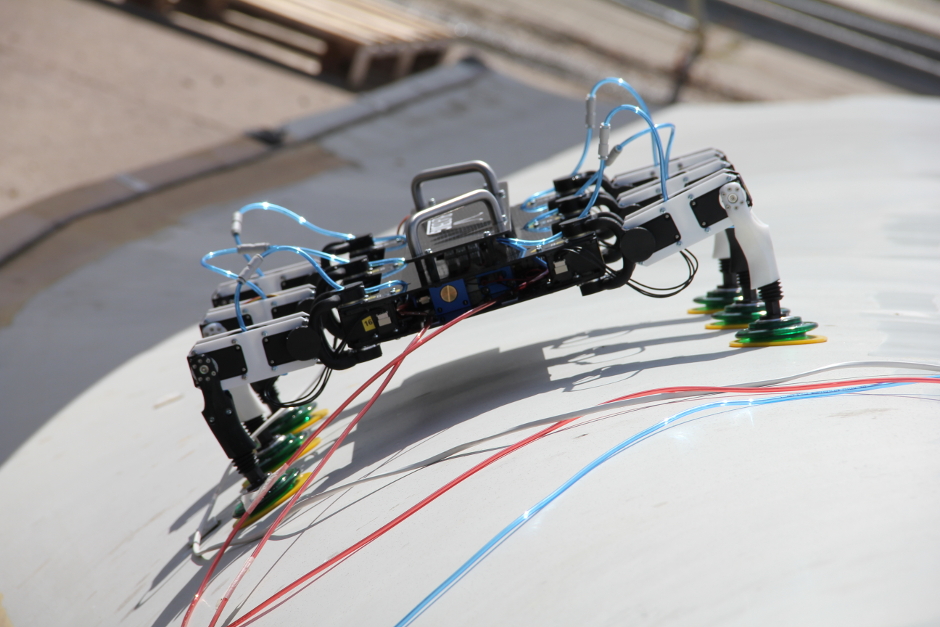- The UK has introduced a Multi-Platform Inspection, Maintenance and Repair in Extreme Environments (MIMRee) project which aims to introduce a step-change in the Operations and Maintenance (O&M) of offshore wind farms.
- The idea is to remove humans from the loop during the inspection, maintenance and repair (IMR) of offshore wind turbine blades and so doing, significantly reduce the costs and turbine downtime associated with these tasks and reduce the H&S risks of using rope access technicians.
- A new £4 million ($5 million) Innovate UK – funded project is set to develop the world’s first fully autonomous robotic inspection and repair solution for offshore wind farms.
- The robots are expected to save the average wind farm approximately £26 million ($33 million) over the course of its lifetime.
The developed MIMRee system will comprise of an Autonomous Surface Vessel (ASV) with capabilities to autonomously transport, charge and deploy UAVs and blade IMR robots at offshore wind farms. The UAVs will be developed to both autonomously inspect wind turbine blades and deploy blade IMR robots on stationary wind turbine blades. The blade IMR robot will be developed to conduct both autonomous NDT inspections and maintenance and repairs of wind turbine blades.
The MIMRee will:
- Remove the need to send humans offshore to carry out wind turbine blade IMR tasks;
- Remove the need to shut wind turbines down to carry out blade inspections;
- Reduce the risk of using autonomous vehicles offshore to carry out asset IMR tasks;
- Safely demonstrate a fully autonomous approach to blade IMR tasks in real-world operating conditions;
- Establish the business case for using autonomous vehicles for blade IMR;
- Develop a roadmap for transferring the MIMRee system to other relevant industries.

Pic: six-legged crawling repair robot BladeBUG, invented by entrepreneur Chris Cieslak. Credit: ORE
The project is led by Plant Integrity Limited who are collaborating with Thales UK Limited, Wootzano Limited, BladeBug Limited, Offshore Renewable Energy Catapult, University of Manchester, University of Bristol, Royal Holloway University of London and Royal College of Art to develop and demonstrate a prototype version of the MIMRee.
Thales’ Halcyon autonomous vessel will play a key role, as will a drone system under development by the University of Bristol’s Dr Tom Richardson, and the six-legged crawling repair robot BladeBUG, invented by entrepreneur Chris Cieslak. The core innovation challenge will be to bring these units into one team capable of planning, communicating, sharing data and working together on a complex chain of tasks.
Author: Bryan Groenendaal














